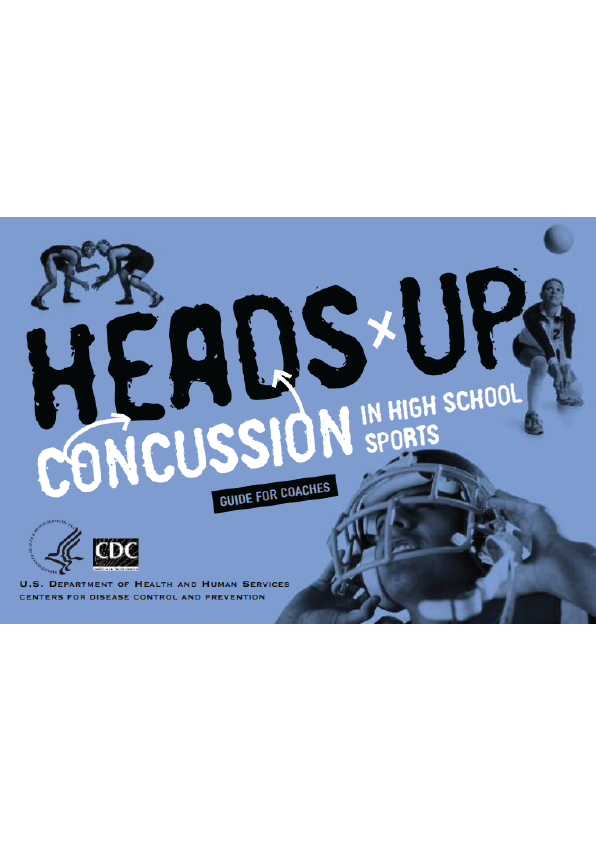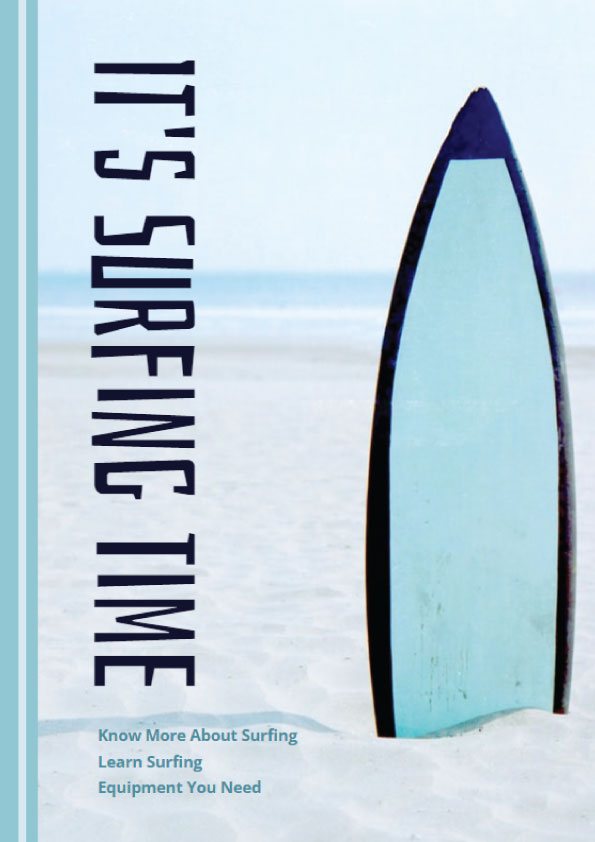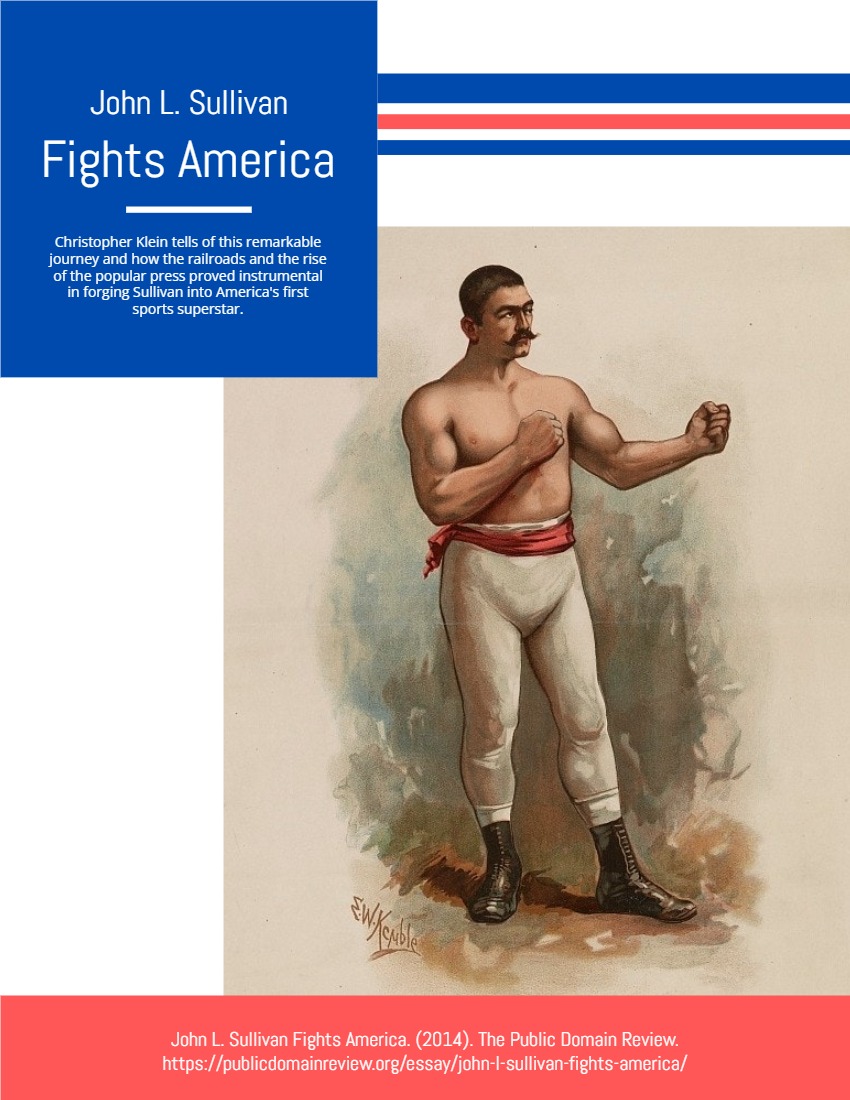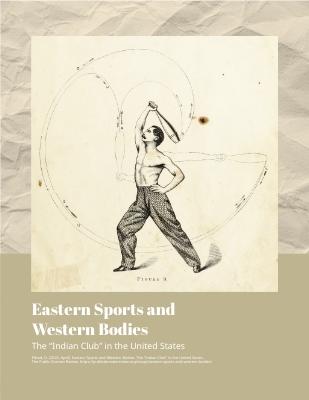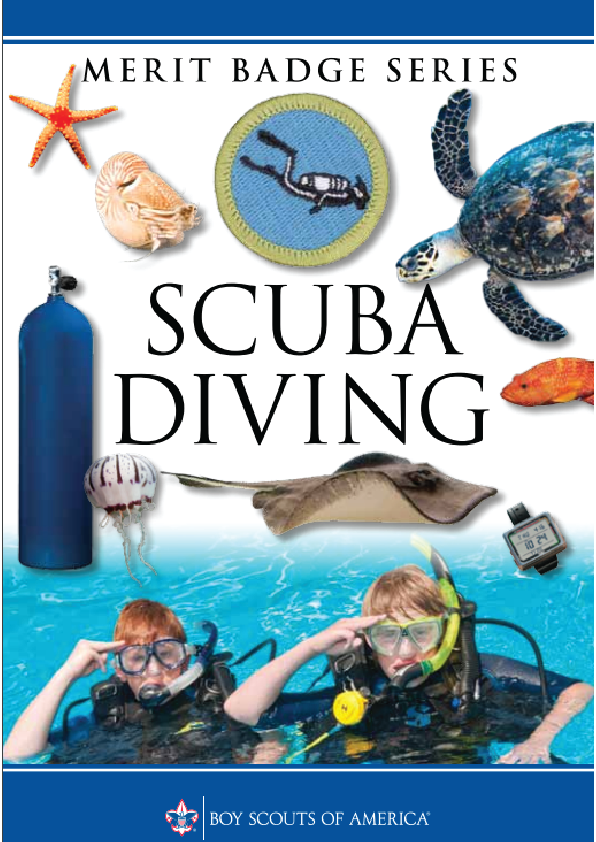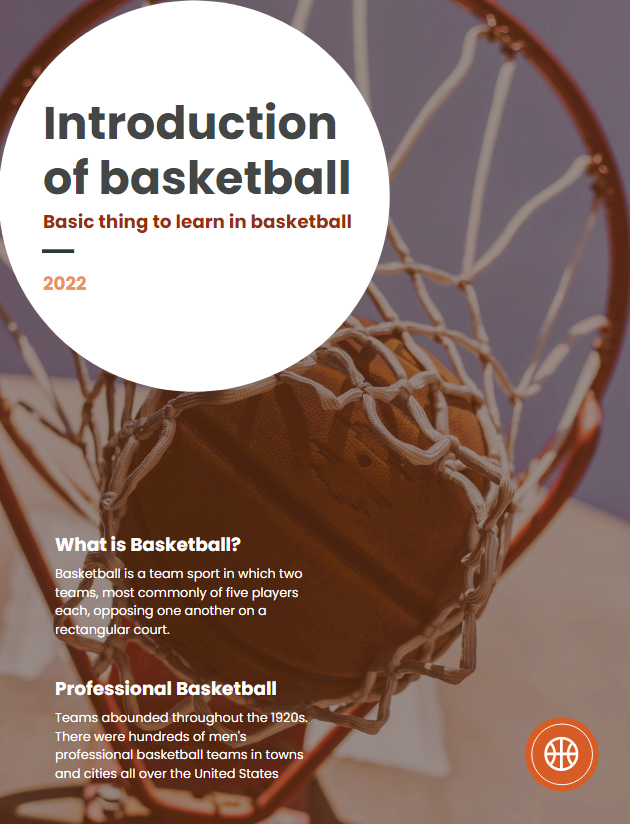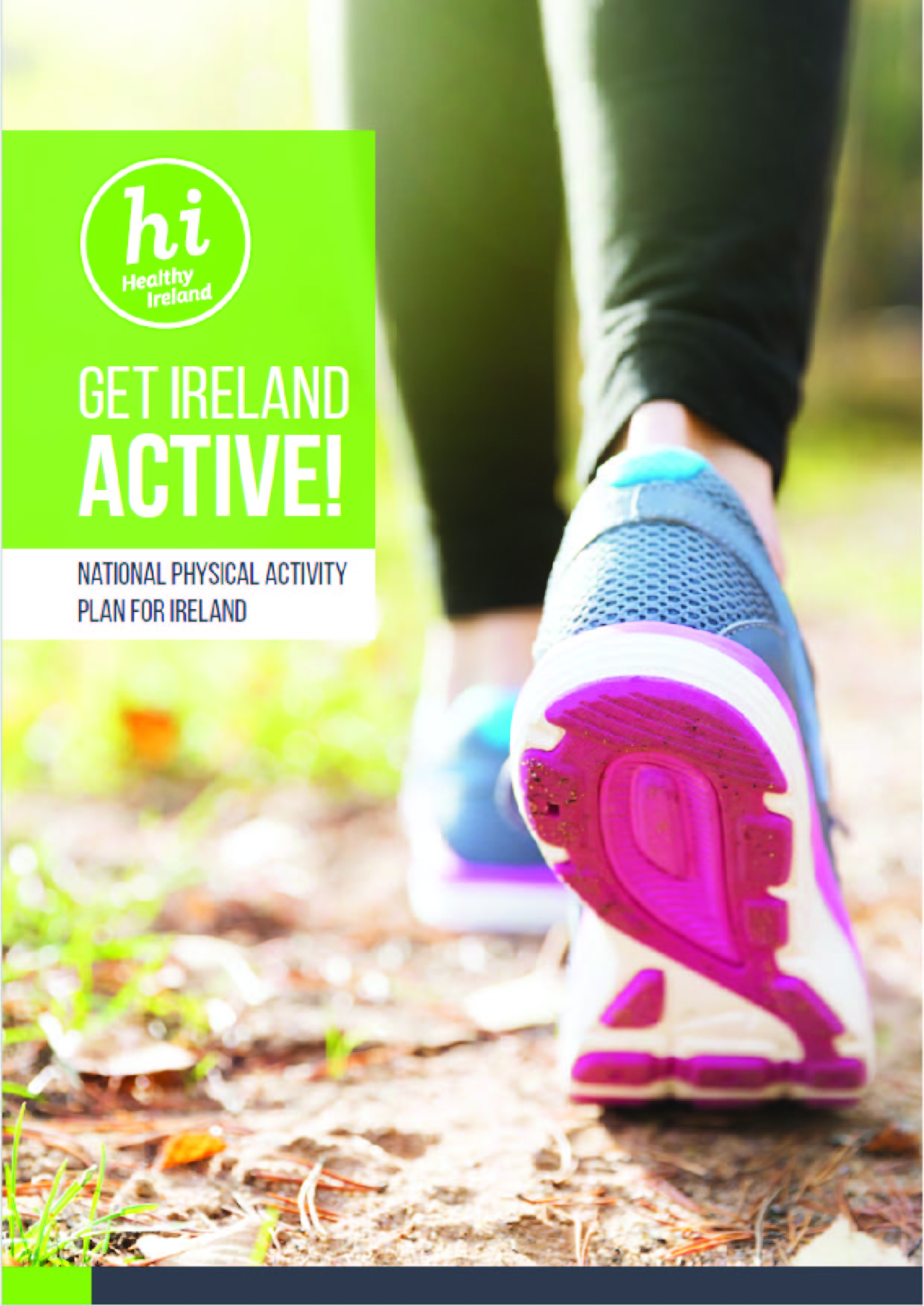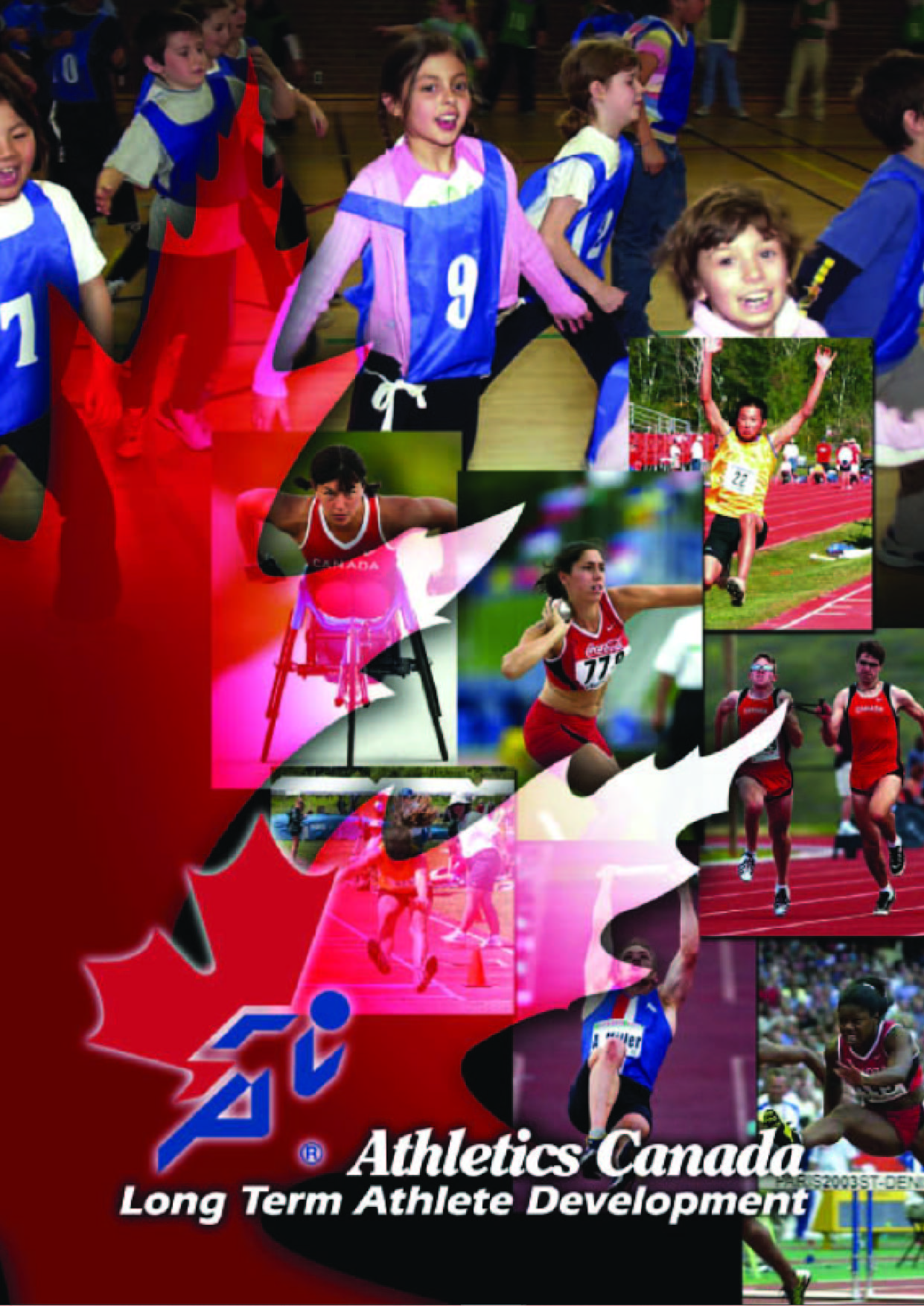The Facts
A concussion is a brain injury.
- All concussions are serious.
- Most concussions occur without loss of consciousness.
- Concussions can occur in any sport or recreation activity.
- Recognition and proper response to concussions when they first occur can help prevent further injury or even death.
Did you know?
Athletes who have ever had a concussion are at increased risk for another concussion. Young children and teens are more likely to get a concussion and take longer to recover than adults. A repeat concussion that occurs before the brain recovers from the first—usually with in a short period of time (hours, days, or weeks)—can slow recovery or increase the likelihood of having long-term problems.
Recognizing a Possible Concussion
To help recognize a concussion, you should watch for and ask others to report the following two things among your athletes:
- A forceful bump, blow, or jolt to the head or body that results in rapid movement of the head.
- Any concussion symptoms or change in the athlete’s behavior, thinking, or physical functioning. Athletes who experience one or more of the signs and symptoms listed on page 5 after a bump, blow, or jolt to the head or body should be kept out of play the day of the injury and until a health care professional, experienced in evaluating for concussion, says they are symptom-free and it’s OK to return to play
When a Concussion is Suspected
If you suspect that an athlete has a concussion, implement your four-step “Heads Up” action plan:
1. Remove the athlete from play. Look for signs and symptoms of a concussion if your athlete has experienced a bump or blow to the head or body. When in doubt, sit them out.
2. Ensure that the athlete is evaluated by a health care professional experienced in evaluating for concussion.
Do not try to judge the severity of the injury yourself. Health care professionals have a number of methods that they can use to assess the severity of concussions. As a coach, recording the following information can help healthcare professionals in assessing the athlete after the injury:
- Cause of the injury and force of the hit or blow to the head or body
- Any loss of consciousness(passed out/knocked out) and if so, for how long
Any memory loss immediately following the injury - Any seizures immediately following the injury
- Number of previous concussions (if any)
3. Inform the athlete’s parents or guardians about the possible concussion and give them the fact sheet on concussion. Make sure they know that the athlete should be seen by a health care professional experienced in evaluating for concussion.
4. Keep the athlete out of play the day of the injury and until a health care professional, experienced in evaluating for concussion, says s/he is symptom-free and it’s OK to return to play. A repeat concussion that occurs before the brain recovers from the first—usually within a short period of time (hours, days, or weeks)—can slow recovery or increase the likelihood of having long-term problems. In rare cases, repeat concussions can result in edema (brain swelling), permanent brain damage, and even death.
Remember, you can’t see a concussion and some athletes may not experience and/or report symptoms until hours or days after the injury. Most people with a concussion will recover quickly and fully. But for some people, signs and symptoms of concussion can last for days, weeks, or longer. Exercising or activities that involve a lot of concentration, such as studying, working on the computer, or playing video games may cause concussion symptoms(such as headache or tiredness) to reappear or get worse. After a concussion, physical and cognitive activities—such as concentrating and learning—should be carefully managed and monitored by a health care professional.
It is normal for athletes to feel frustrated, sad, and even angry because they cannot return to sports right away or cannot keep up with their school work. Talk with athletes about these issues and offer support and encouragement.
